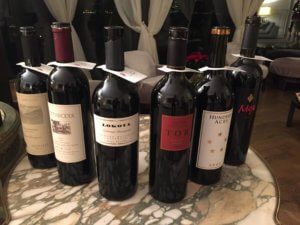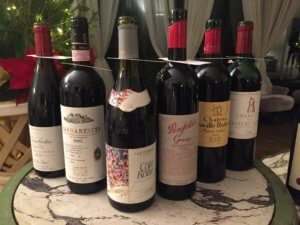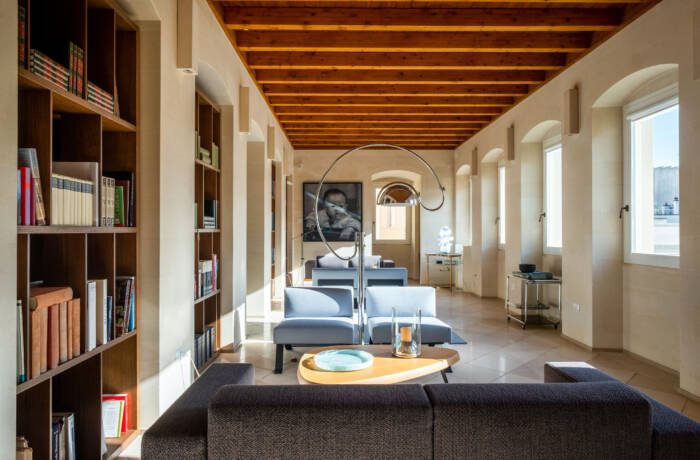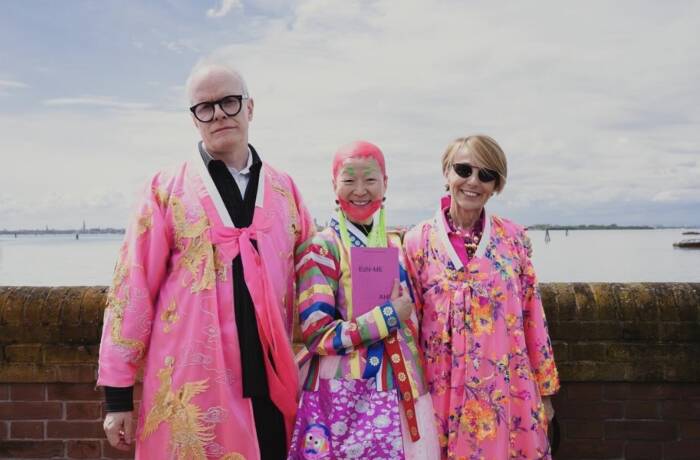By Darius Sanai, Editor-in-Chief
As a collector of, and investor in, wines, I like to serve interesting and unusual wines to my guests, as well as the classics. This can be a two-edged sword, however. Traditions burn powerfully, rooted as they are in brand and desired perception as much as they are in quality.
If a head of state or CEO wants to impress her guests, she (or her cellarmasters) are likely to choose a famous Bordeaux or Burgundy, as they would have 100 and even 200 years ago. (Thomas Jefferson, one of the founding fathers of the United States, amassed a fabulous collection of Bordeaux while living in France, including Chateau Latour, Lafite, and Haut-Brion, and had it all shipped to Virginia when he moved back.)
I tend to do the same to guests whose tastes are either traditional, or unknown to me. If I serve an important client I don’t know bottles of Hundred Acre Kayli, Sloan Estate, or Dalla Valle Maya over dinner, he is far less likely to be impressed a priori than if I serve him Lafite or Latour. A client with only a passing interest in wine may feel insulted that I am trying to trim costs, when in fact those three Napa Valley wines cost the same, and in some vintages, more, than the Bordeaux classics – and get the same, or better, scores from influential critics. The same applies to wines like Penfolds’ Grange – Penfolds is a supermarket brand, but Grange is most definitely not a supermarket wine – and Guigal’s Cote Rotie La Turque, La Landonne and La Mouline, known collectively as the “La Las”, commanding vast prices, but likely to be dismissed by non-geeks as “a Guigal” or “a Cote Rotie”.
So for a recent LUX dinner, thrown by LUX Editor-at-Large Gauhar Kapparova at Villa Giuseppina, her fabulous mansion on Lake Como, I decided to mix it. The guests, from Milan’s fashion and jewellery world, would be given a tasting that effectively pitted Napa Valley’s new aristocracy (or new money) against the world.

Villa Giuseppina on Lake Como, Italy
The average retail bottle price was in the hundreds of dollars (all would have cost in the thousands if purchased in a restaurant), and more than half the wines scored a perfect 100/100 from Robert Parker, the uber-critic. There was even a luxury sub-theme, as we pitted Chateau Latour, a Bordeaux First Growth, against Araujo Eisele, a Napa estate which has also been purchased by Chateau Latour owner and luxury magnate Francois Pinault. (I can already hear the voice of Frederic Engerer, esteemed President of Chateau Latour and all of Pinault’s wine holdings, pointing out that the Latour was a 1996, which predated his refresh of the winemaking there, and the Araujo was a 2009, which predates Pinault’s purchase of the estate: duly noted). But some of the wines were world-famous brands, and others were tiny-production bottles completely unknown to anyone but the deepest connoisseurs.
Among the guests were connoisseurs, collectors and mere drinkers and enjoyers of wine. The latter, for me, provide an excellent litmus test and counterpoint to the professionals, most of whom cannot afford to buy and enjoy these wines nowadays. Indeed, most successful businesspeople in the 40s or 50s with just a passing interest in wine have a far better knowledge of top wines than many Masters of Wine I have come across.

A selection of wines served at the LUX dinner in Italy
We didn’t make tasting notes or score the wines; at the end of the dinner I just asked each guest to reveal their favourite. The wines were not tasted blind, because I was too busy enjoying them and the guests’ company to wrap up the bottles!
The result was that there is no result: tastes in wine are as diverse as the people tasting them. The 1996 Chateau Latour took some plaudits, though I don’t know how much of that was led by brand. It was certainly very correct but lacking the flair I like to think Frederic has added. Penfolds’ Grange 2002 was also very popular, as was the Chambertin Grand Cru, Nicolas Potel, 2005, and, from the US, the Spottswoode Cabernet Sauvignon 2010 and the Dalla Valle Maya 2009. It’s always telling to see which bottles get finished first: I ended up drinking the Guigal Cote Rotie La Turque 1991 almost exclusively, wrapping myself in its velvet sheets.
 There is a conclusion to draw, though, and it is that we should all be less conservative in what we serve. Buy some fabulous, lesser-known wines, take a few minutes to learn their story, and tell it to your guests yourself while your sommelier serves them. If nothing else it can brighten up a lull in conversation, and show an extra element to your character. Accompany these with the classics, by all means – the comparison is fascinating, and it will prove you’re not a skinflint – but do branch out. Stores like Hedonism Wines in London can help you. That where I helped Gauhar and her late husband Nurlan buy a good part of their fabulous cellar.
There is a conclusion to draw, though, and it is that we should all be less conservative in what we serve. Buy some fabulous, lesser-known wines, take a few minutes to learn their story, and tell it to your guests yourself while your sommelier serves them. If nothing else it can brighten up a lull in conversation, and show an extra element to your character. Accompany these with the classics, by all means – the comparison is fascinating, and it will prove you’re not a skinflint – but do branch out. Stores like Hedonism Wines in London can help you. That where I helped Gauhar and her late husband Nurlan buy a good part of their fabulous cellar.
And if I serve you a wine you have never heard of next time you come to dinner, do take it personally. It means I think you’re smart and adventurous enough to appreciate it.
Editor’s note: All the wines in this tasting were purchased outright
The Villa Giuseppina Winter Tasting: The List:
The World:
Chambertin Grand Cru, Nicolas Potel, 2005
Falletto di Bruno Giacosa, Barbaresco, 2005
Cote Rotie “La Turque”, E. Guigal, 1991
Penfolds Grange, Shiraz, 2002
Chateau Leoville Poyferre 2003
Chateau Latour 1996
Napa:
Araujo Eisele Vineyard 2009
Spottswoode Cabernet Sauvignon 2010
Lokoya Cabernet Sauvignon, Diamond Mountain, 2009
Tor Beckstoffer To Kalon Cabernet Sauvignon, 2009
Hundred Acre Kayli Cabernet Sauvignon 2009
Dalla Valle Maya 2009
PS Can you guess the most expensive wine on this exclusive list? It’s one of the ones you’re less likely to have heard of: the La Turque, retailing at more than $12,000 a case.








